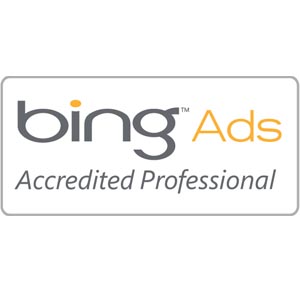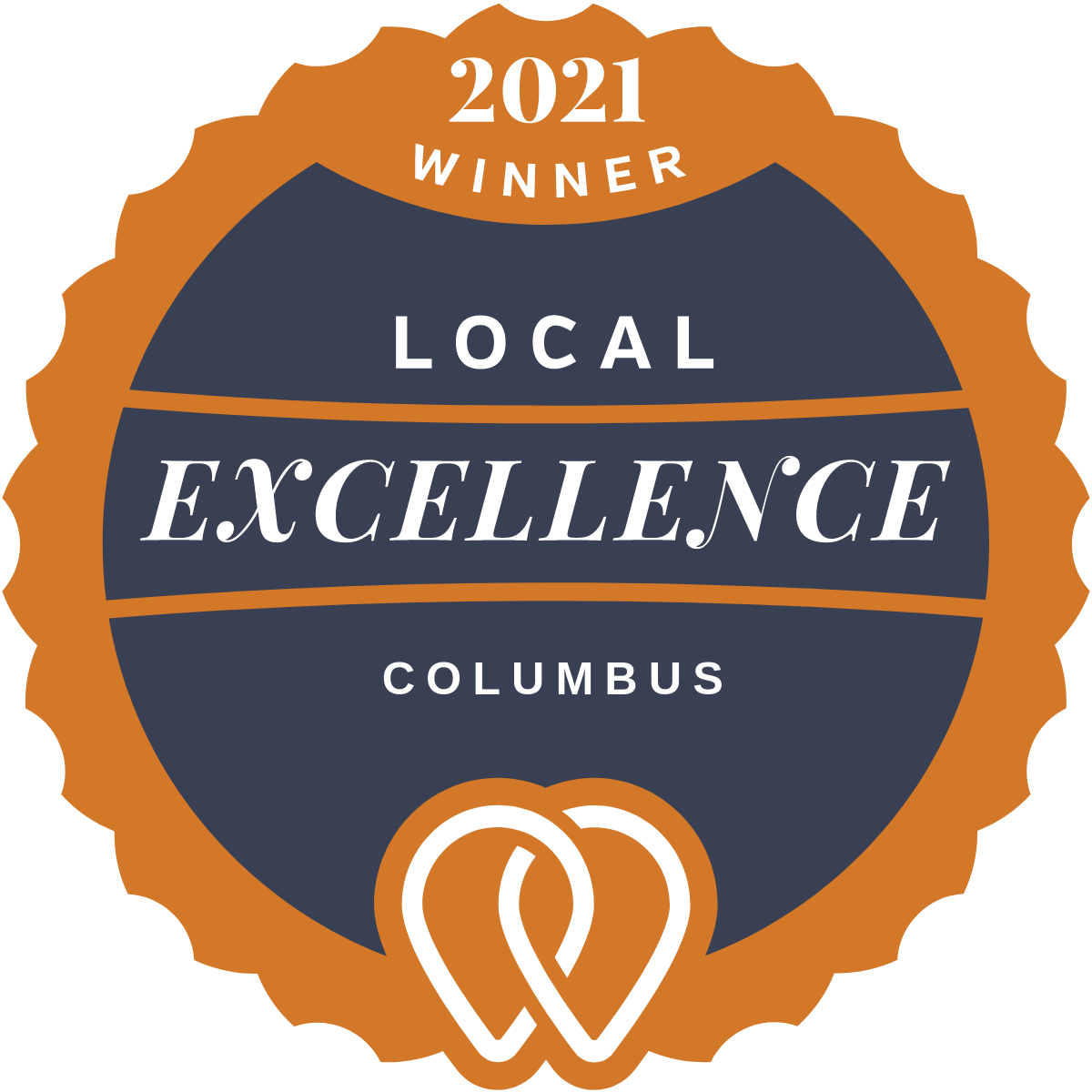When a company is designing its website, it’s not uncommon for the directive to be, “Let’s get the site up, then we’ll address SEO.” Unfortunately, if you take that approach, you’ll likely miss out on many of the SEO benefits that can be “baked into” a website through characteristics like intuitive navigation, a clear information hierarchy, etc.
We’ve all seen them: websites that are visually stunning, packed with interesting and engaging content, and by just about every other casually observable measure, perfect. Yet, they struggle to rank well with search engines and consequently get very little organic traffic. It’s a frustrating reality and a significant problem for many businesses. The site languishes on page 3, or 5, or 10 of the search results. So, to the company’s audience, it effectively doesn’t exist.
Your website isn’t a digital brochure; it’s a dynamic tool and the gateway to your brand. And just like a well-built house needs a solid foundation, a successful website needs robust SEO as an essential element of its design.
So, let’s dive in and answer the question: What is SEO’s meaning in web design?
SEO: Fundamental to an Effective Website
SEO should be a top priority in your web design process. It’s crucial to build a website that search engines can easily understand and index, ensuring that your target audience can find you when they search using keywords relevant to your business.
That requires understanding the key elements of SEO-driven web design. What are the characteristics that directly impact SEO? Here are a few crucial areas:
- Site structure and navigation. A clear, logical site structure is essential for both users and search engines. A well-organized navigation menu, intuitive URLs, and internal linking are vital for bots and for human user experience. Think of it as creating a map for search engines to follow, ensuring they can easily get to and understand every page of your website.
- Page speed and performance. Slow-loading websites frustrate users and, consequently, are penalized by search engines. Optimizing images, minimizing code, and leveraging caching are critical for improving page speed.
- Content optimization. High-quality, relevant content is the cornerstone of SEO. But content alone isn’t enough. The information must be strategically integrated into your website’s design, with proper use of headings, subheadings, and keywords.
- Technical SEO. This term refers to elements like XML sitemaps, robots.txt files, and schema markup. These technical aspects ensure that search engines can effectively explore and understand your website’s content.
- Mobile responsiveness. In today’s mobile-first world, a responsive design (meaning one that adapts seamlessly to any device type and screen size) is non-negotiable. Google prioritizes mobile-friendly websites, and a site that doesn’t adjust appropriately will suffer in search rankings.
- Websites designed with accessibility in mind not only cater to a wider audience, but they also align with SEO best practices. Making sure your site is properly designed for screen readers and other assistive technologies is essential.
The Impact of Keywords
Keywords play a pivotal role in SEO. They’re the bridge between what users search for and the content your website provides. Strategic keyword research and integration are vital for attracting targeted traffic.
However, keyword stuffing (using a keyword excessively in an attempt to rank for it) is a tactic from the past that will get you penalized today. Search engines prioritize natural language and user intent. Your keywords should be seamlessly woven into your content and design, enhancing readability and providing genuine value to your audience.
The Role of an SEO-Savvy Web Design Company
Navigating the complexities of SEO and web design can be intimidating. That’s where a web design company with an in-depth understanding of SEO can make all the difference. Their experts have the skills and experience to:
- Conduct thorough keyword research and competitive analysis
- Optimize your website’s structure and content for search engines
- Implement technical SEO best practices
- Monitor your website’s performance and make necessary adjustments
If you’re looking for a Columbus SEO company that understands the intricate relationship between web design and SEO, you’ve come to the right place. We help you build a website that looks great and checks all the boxes for search engines and people looking for products and services like yours.
SEO and Web Design: Current Mastery and Ongoing Immersion
SEO is an ever-evolving field. Algorithm updates and changing user behaviors require a proactive approach. Consequently, your website can’t be a “set it and forget” marketing tool. Integrating SEO into your web design helps you start strong, but then it’s important to maintain a relationship with a Columbus SEO company like Split Reef that is continually immersed in the field and can provide ongoing guidance as needed.
If you’re looking to build a digital asset that ranks well, attracts traffic, generates leads, and ultimately, fuels your business growth, we can help. Contact us, and let’s talk about how to bring the website you’re envisioning to life and send it racing up the search results.

Split Reef is a modern, results-driven digital organization always ready to support clients in their search for digital supremacy. With Split Reef, your budget isn’t going to hold you back from partnering with us to make your project successful. Our offices are located in Columbus, Ohio and Jacksonville, Florida.










